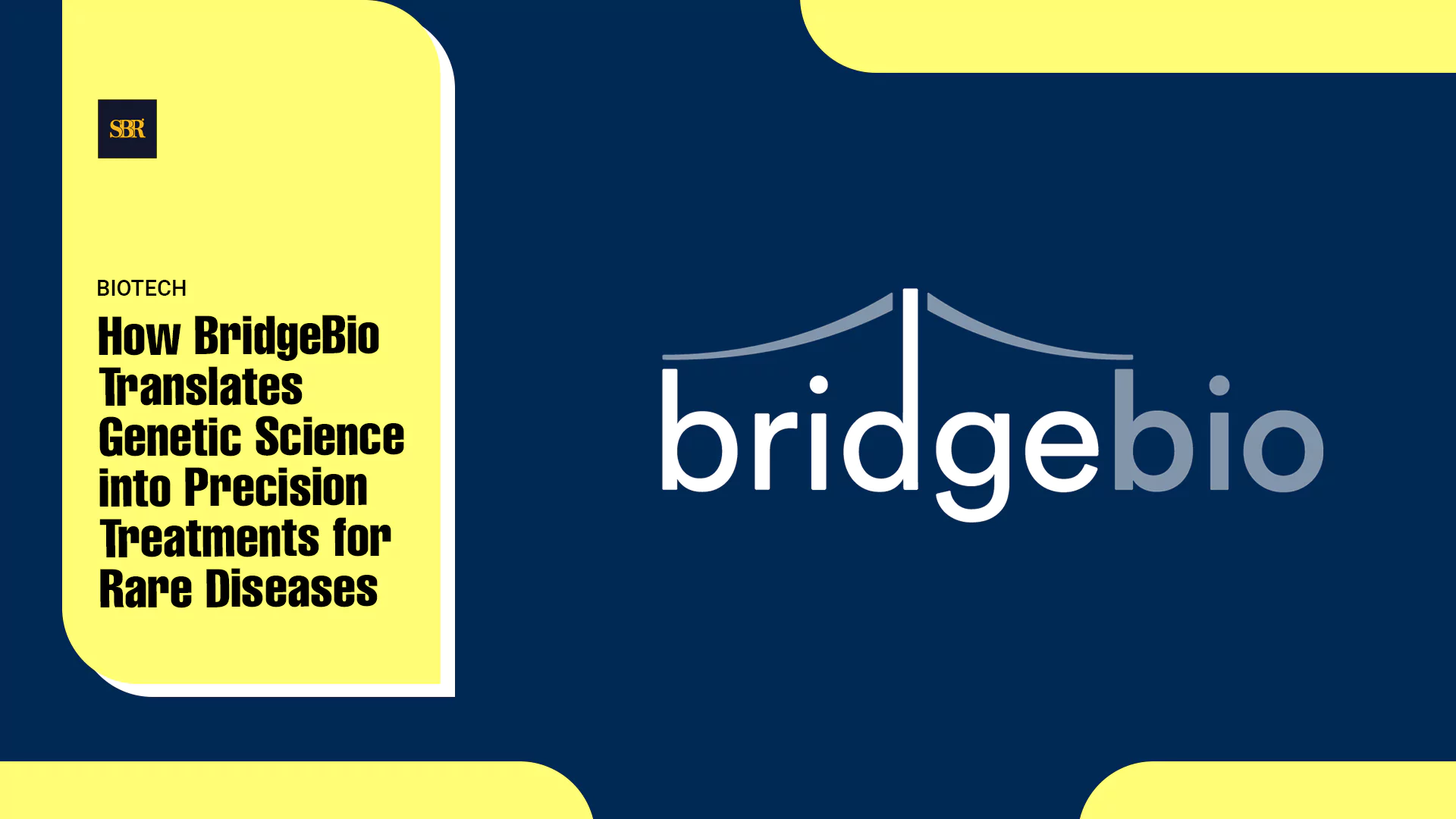BIRMINGHAM, U.K., Nov. 11, 2025 — Researchers at the University of Birmingham, working in collaboration with the University of Bristol and Università del Piemonte Orientale in Italy, have developed a new class of MRI contrast agents inspired by protein structures. Traditional metallo-coiled coil agents had shown promise for medical imaging but were limited by poor stability, which prevented widespread clinical use. To address this, the team introduced covalent cross-links to reinforce these synthetic protein-like structures, producing contrast agents that remain structurally resilient under biological conditions.
The innovation focuses on ensuring that the agents maintain their shape and performance even in complex biological environments. By stabilizing the metallo-coiled coils with covalent bonds, the researchers have effectively solved a long-standing challenge in the development of protein-inspired imaging agents. This approach could pave the way for more reliable MRI diagnostics in the future.
Sharper Images and Proven Safety
The new contrast agents are designed to bind gadolinium, a metal widely used in MRI procedures to improve image clarity. The cross-linked agents demonstrated a 30% increase in MRI relaxivity compared with non-cross-linked versions, meaning they produce significantly clearer images at clinically relevant magnetic field strengths
To evaluate how the agents interact with biological systems, the team conducted tests in Seronorm, a human serum matrix. These tests showed that the agents retained their structural integrity and remained bio-inert, closely matching results observed in simple aqueous solutions. The findings indicate a strong potential for safe in vivo use and suggest that these agents could be suitable for future clinical applications.
Professor Anna Peacock, who led the study and is Professor of Bioinorganic Chemistry at the University’s School of Chemistry, highlighted the significance of the findings. “We have developed a new class of MRI contrast agents that are significantly more efficient than current clinical agents, and we have now made them stable. By locking metal-binding peptides into place with molecular cross-links, we have engineered MRI contrast agents that are not only more stable but also deliver a further 30% improvement in effectiveness compared to their non-cross-linked counterparts. The modular nature of these designs paves the way for safer, smarter imaging in clinical diagnostics,” she said.
Clinical and Commercial Potential
Safer, More Reliable MRI: The improved stability and efficiency of these agents could reduce risks associated with MRI procedures while providing clinicians with more consistent and reliable diagnostic information. By reinforcing the molecular structure of the contrast agents, the team has enhanced their performance without compromising safety. This is a crucial step toward the potential adoption of protein-inspired agents in hospitals and imaging centers, offering patients safer diagnostic options with higher image quality.
Applications Beyond Imaging: The covalent cross-linking strategy developed by the Birmingham team also has potential applications beyond MRI. The precise control over metal coordination environments could be valuable in fields such as catalysis, sensing, and materials science. University of Birmingham Enterprise has filed a patent for the novel metallo-coiled coil approach and is actively seeking licensing or development partners from industry. This opens the door to broader scientific and commercial opportunities, leveraging the same underlying chemistry for multiple applications.
The collaboration between international research teams and the support from the Engineering and Physical Sciences Research Council, or EPSRC, have been instrumental in bringing this breakthrough to fruition. The findings have been published in the Journal of the American Chemical Society, providing a peer-reviewed record of the innovation and its implications for both imaging science and broader chemical applications.
As MRI continues to be a critical tool in medical diagnostics, advancements like these that improve stability, safety, and performance represent important milestones. The combination of protein-inspired design, covalent cross-linking, and targeted gadolinium binding exemplifies how careful molecular engineering can produce agents that are both highly effective and suitable for real-world clinical use.
We have engineered MRI contrast agents that are not only more stable but also 30% more effective than their non-cross-linked counterparts.
Inputs from Diana Chou
Editing by David Ryder

















